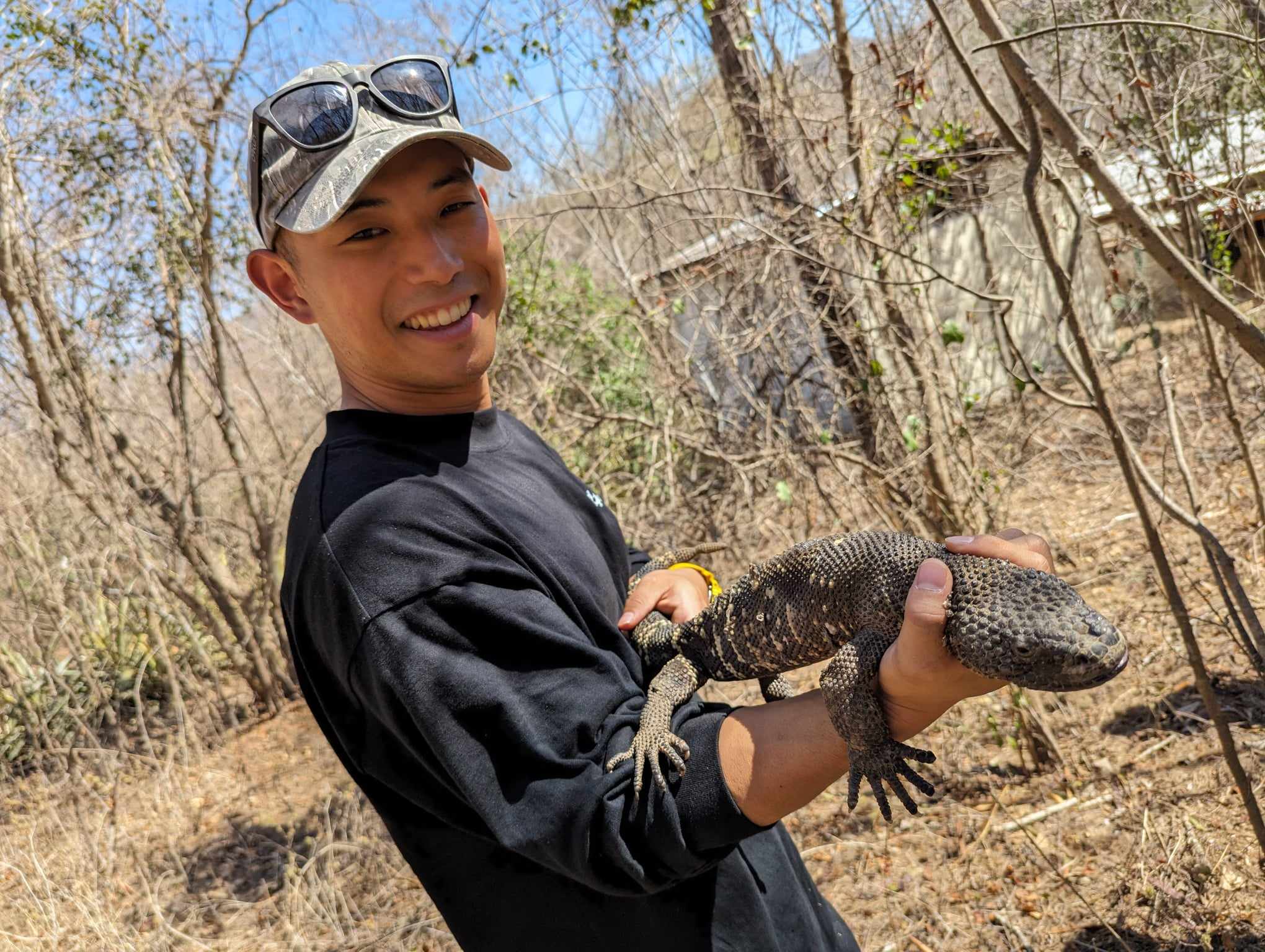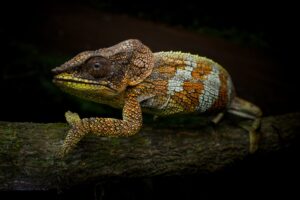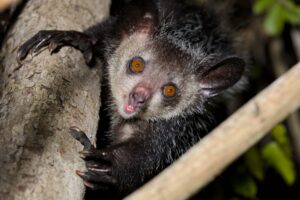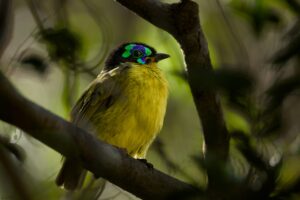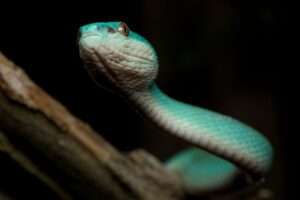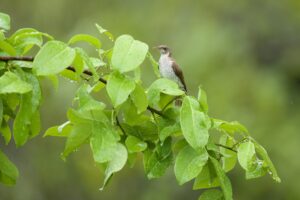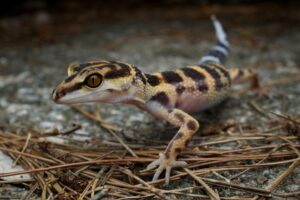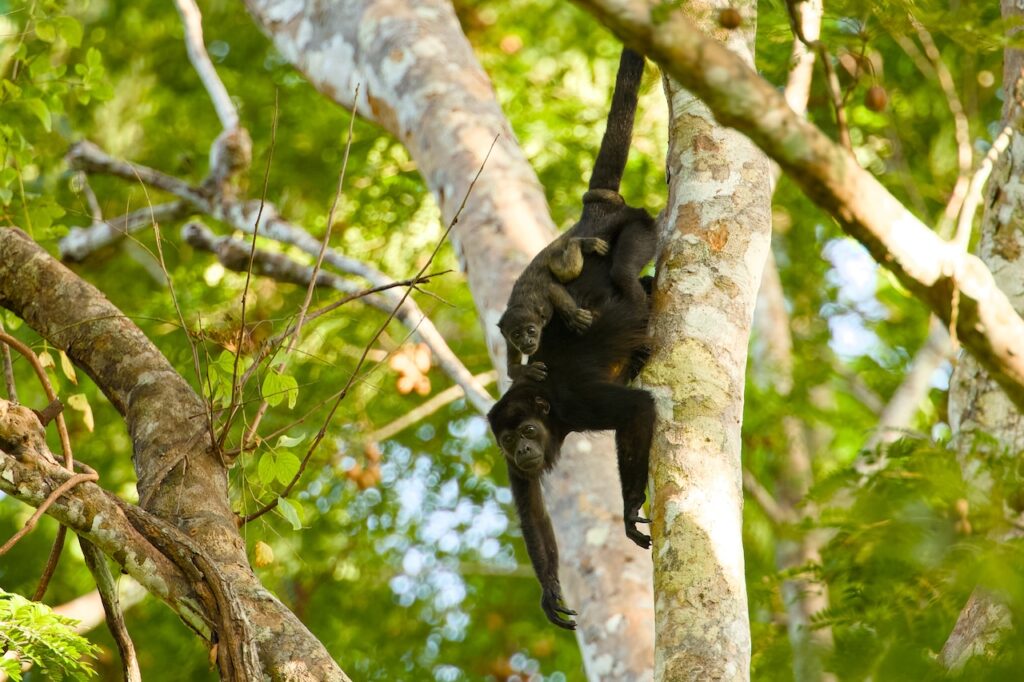
A low, resonant growl echoes through the jungle. If you visit the tropical rainforests of Central and South America, you may be surprised by a deep, rumbling sound coming from deep within the forest. The source of this sound is one of the howler monkey species. In this article, we’ll be exploring the Mantled Howler Monkey (scientific name: Alouatta palliata), which is known for its distinctive appearance and powerful vocalizations.
What is the Mantled Howler Monkey?
The Mantled Howler Monkey is a medium-sized primate that belongs to the Alouatta genus and is found mainly in the tropical rainforests stretching from southern Mexico to Ecuador. Their most notable feature is their low, resonant vocalizations, produced by specialized throat structures. These calls can be heard over 5 kilometers away and are used for communication within groups and to establish territorial boundaries.
Physical Characteristics
- Body Length: Males measure about 50-70 cm, while females range from 40-60 cm.
- Tail Length: About 50-75 cm, used for gripping trees and supporting their bodies while navigating the canopy.
- Weight: Males weigh about 6-9 kg, while females are slightly smaller at 4-6 kg.
- Fur Color: Their fur is typically black or dark brown, with males usually having darker fur.
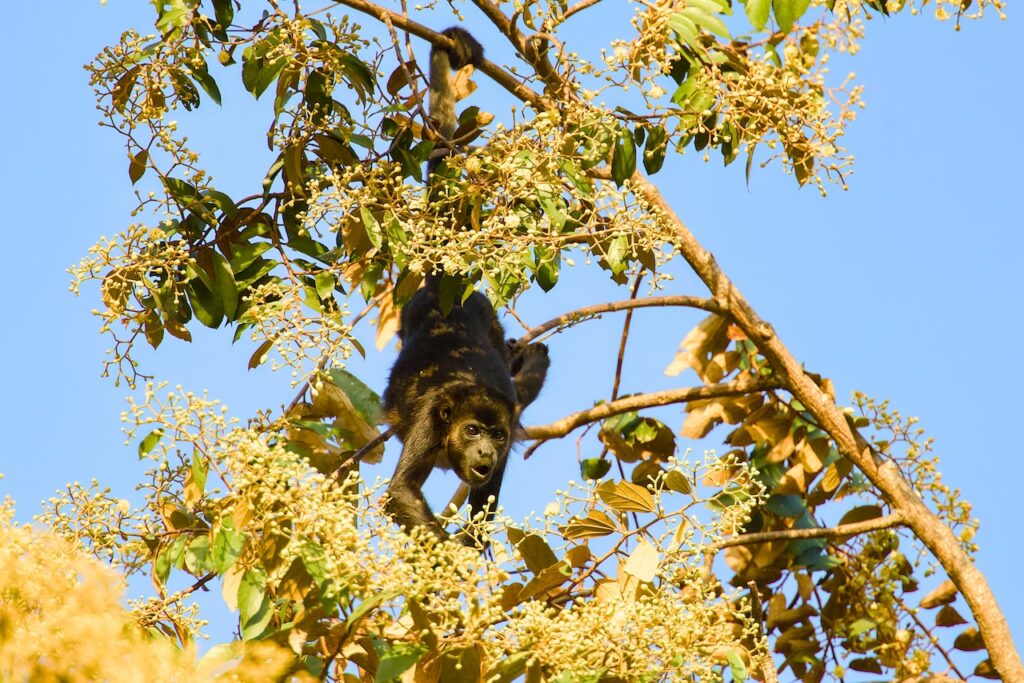
Behavior and Ecology
Communication through Vocalizations
The Mantled Howler Monkey’s vocalizations play a crucial role in communication within the group. They are particularly active in vocalizing during the mornings and evenings, marking their territory and maintaining distance from other groups.
Diet
These monkeys are primarily folivores (leaf-eaters), preferring young leaves, fruits, and flowers. They have large cecums that help them efficiently digest the fibrous leaves they consume.
Social Structure
Howler monkey groups typically consist of 5-15 individuals, with a dominant male at the center surrounded by females and juveniles. Once the males mature, they often leave their birth group and form new ones.
An Encounter in the Jungle
The excitement of hearing the Mantled Howler Monkey’s roar in the jungle is unforgettable. While these monkeys live hidden among the trees, their calls make it easier to locate them, though spotting them in person can be quite a challenge. One evening in Panama, while birdwatching along a jungle trail, I heard the sound of branches breaking overhead. Looking up, I spotted the Mantled Howler Monkey. After watching for a while, it glanced over at me before gracefully moving through the treetops, disappearing into the jungle.
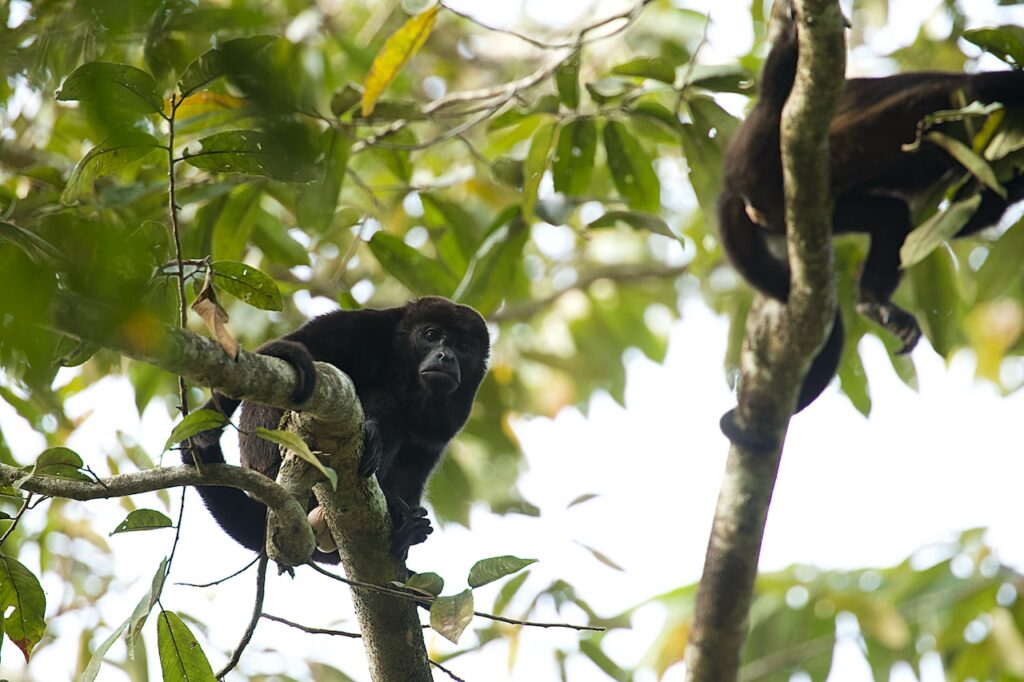
Conclusion
The Mantled Howler Monkey, with its distinct voice and striking appearance, is an iconic figure of the tropical rainforest. Hearing its roar firsthand while in the jungle is an exhilarating experience, making you feel as though you’ve truly entered a wild, remote region. If you ever visit the jungles of Central or South America, be sure to try and spot these fascinating creatures.

